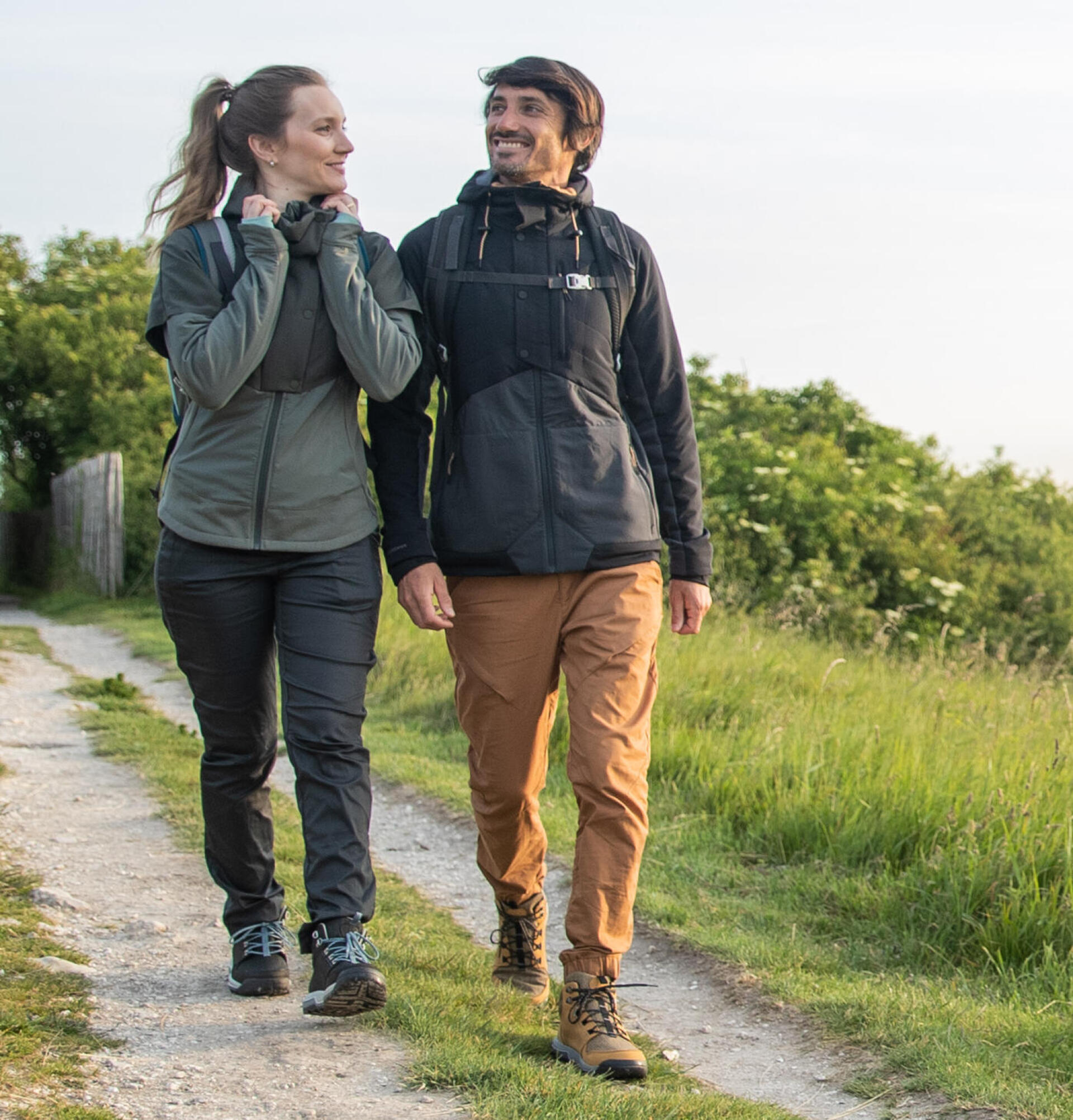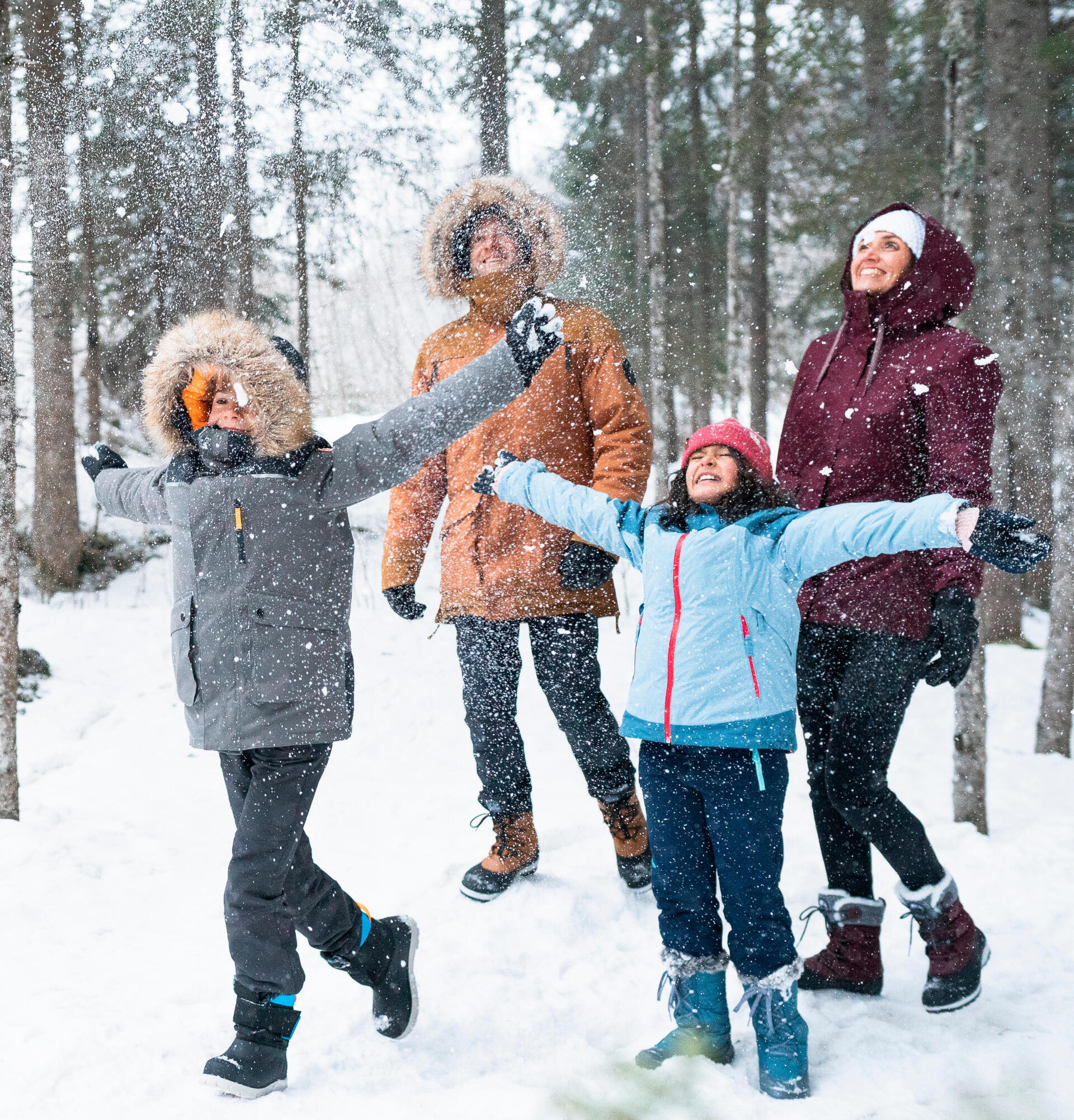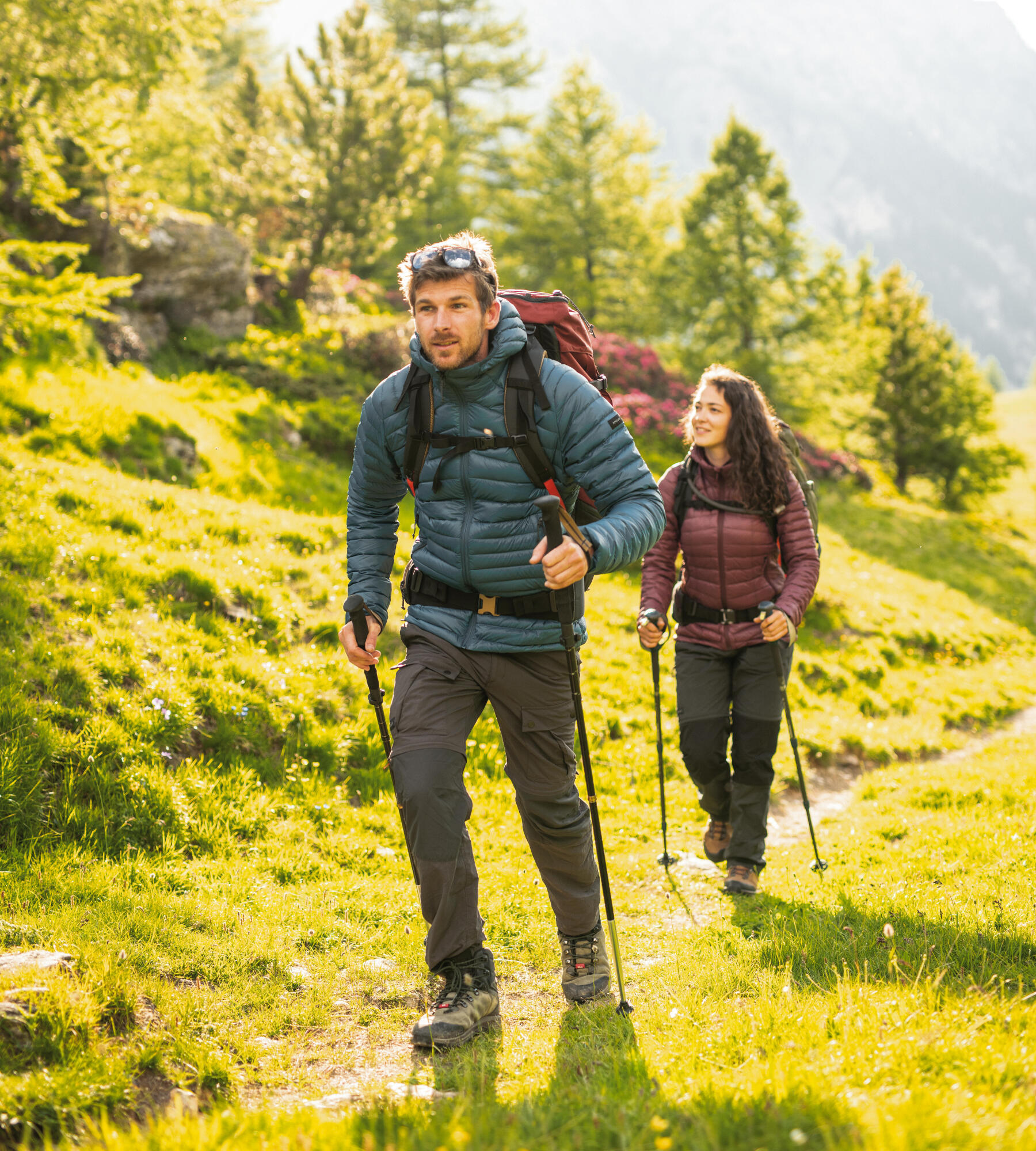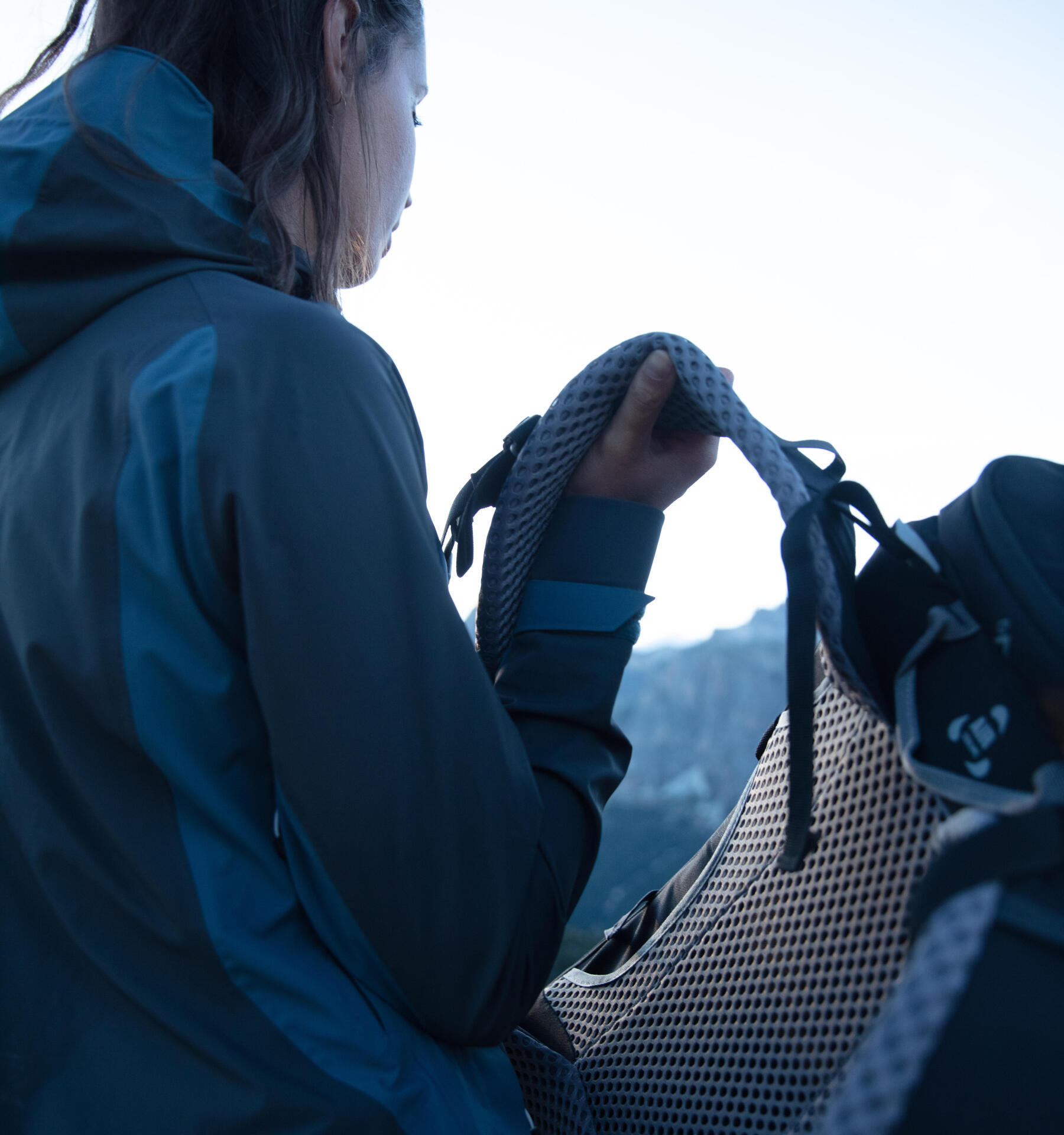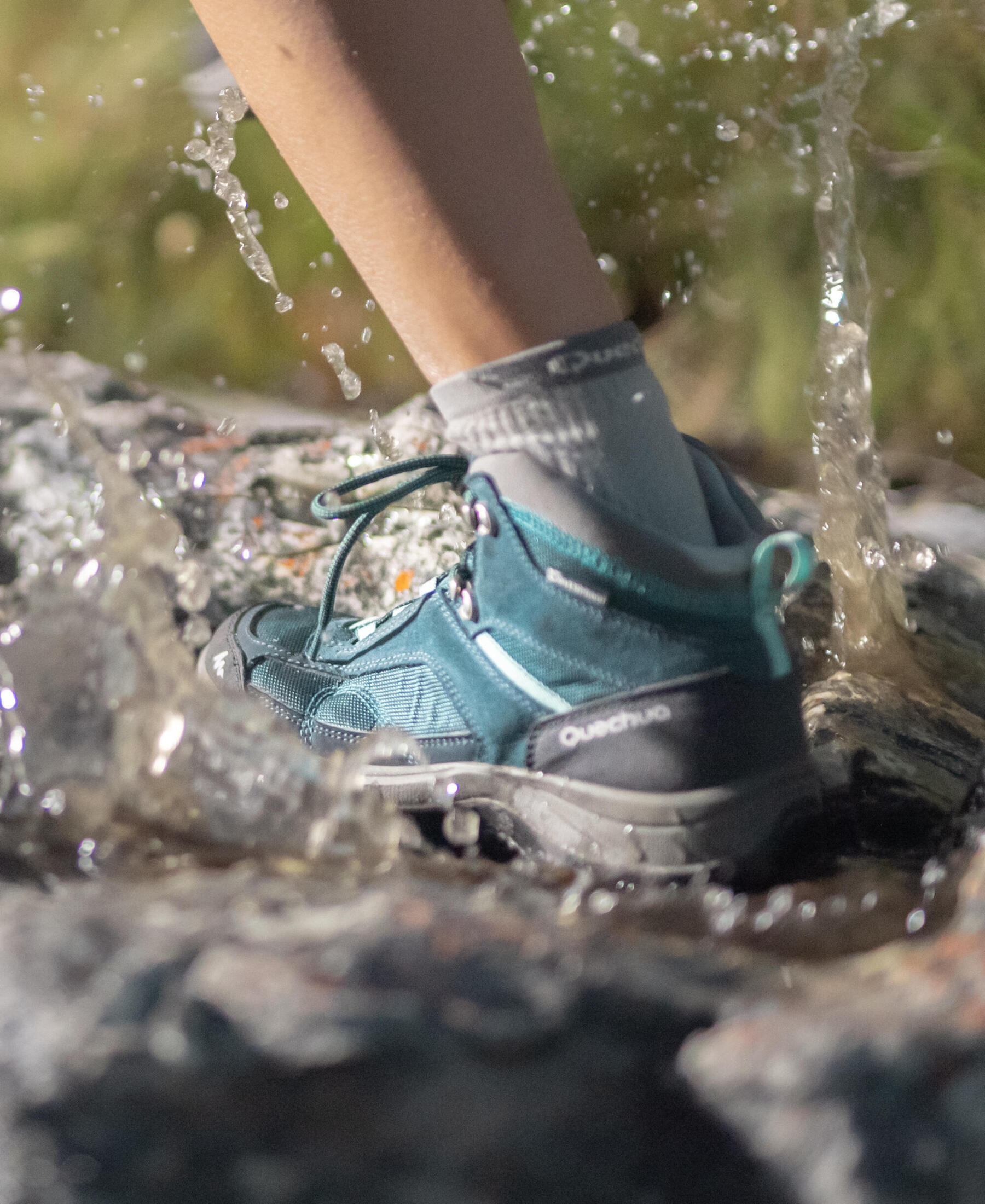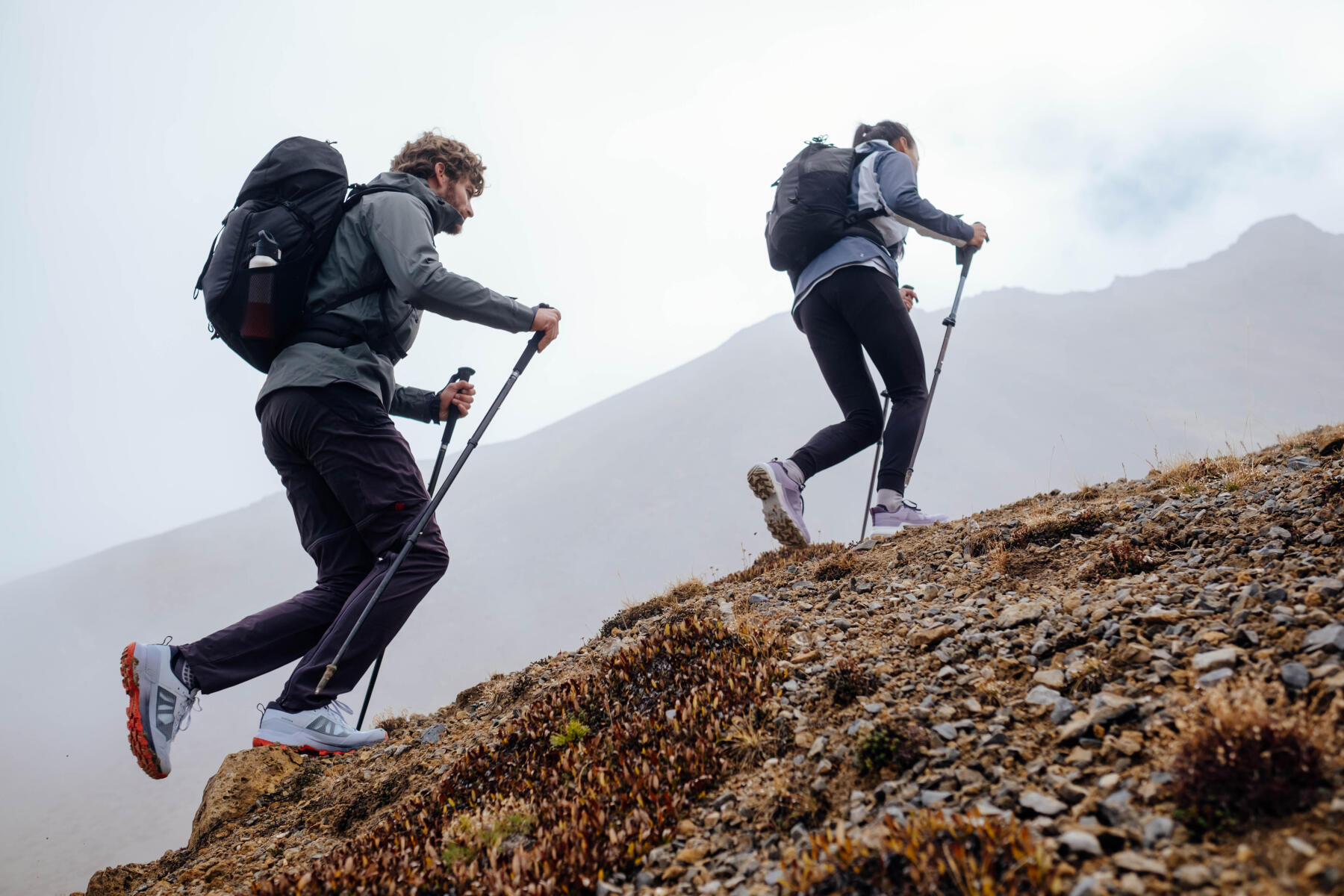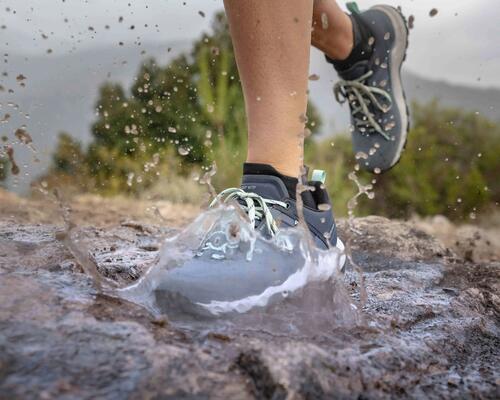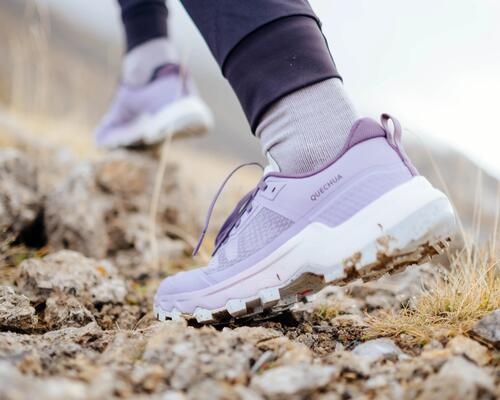1. Your practice ground is:
If there is one question you should ask yourself before choosing your footwear, it's “what type of hiking am I going to do?”.
That is to say, on what type of terrain? For how long? And how heavy is your backpack?
There is a wide range of hiking shoes available that have been designed according to the terrain you are going to walk on.
If you're walking on lowlands you won't have the same needs as for mountain walking.
Each type of terrain has its own particular features.

